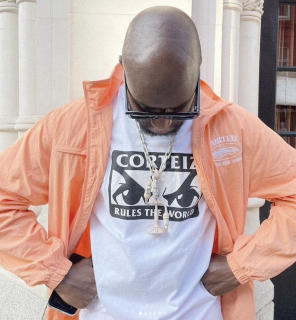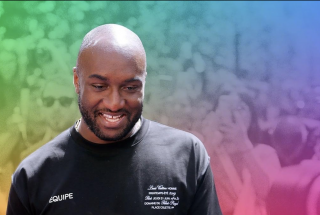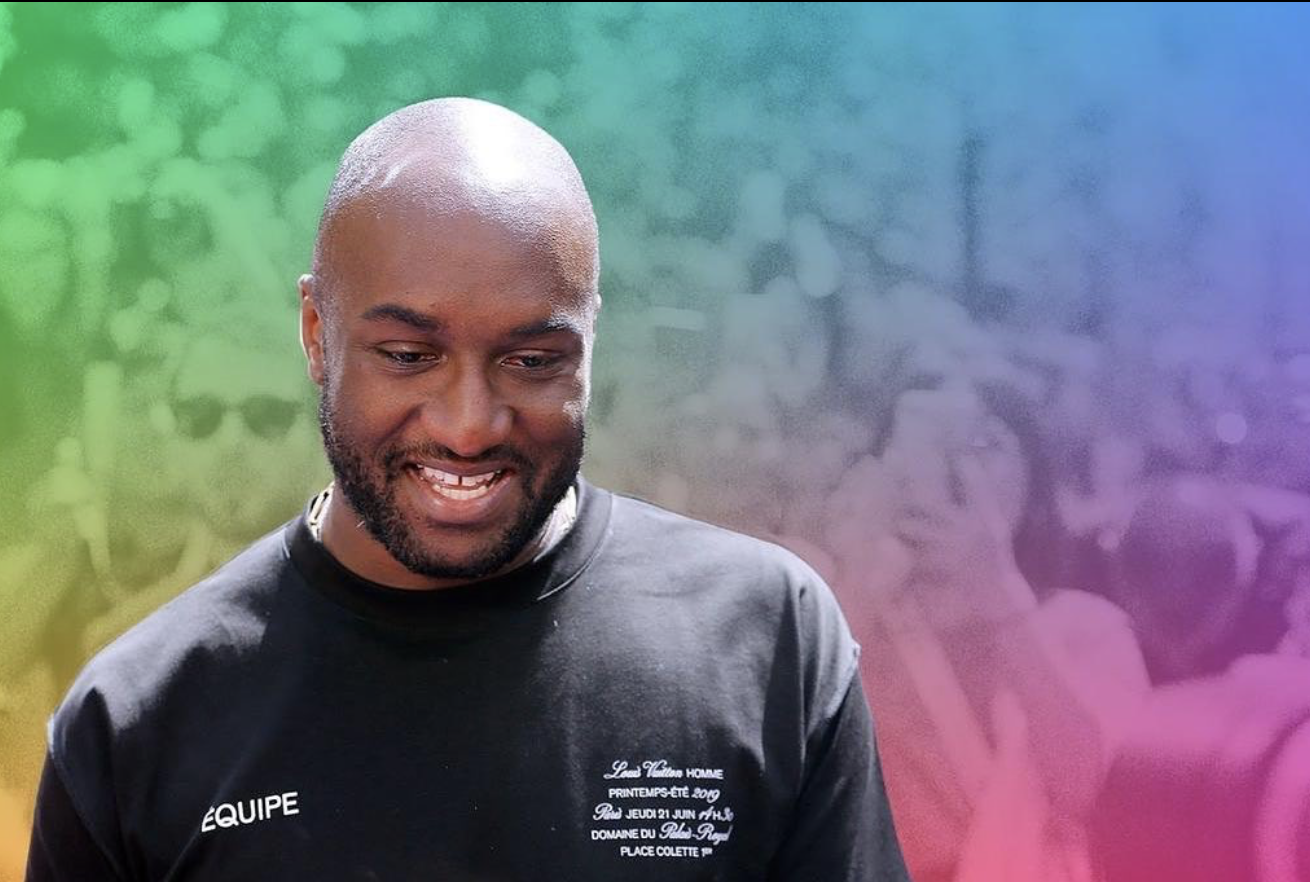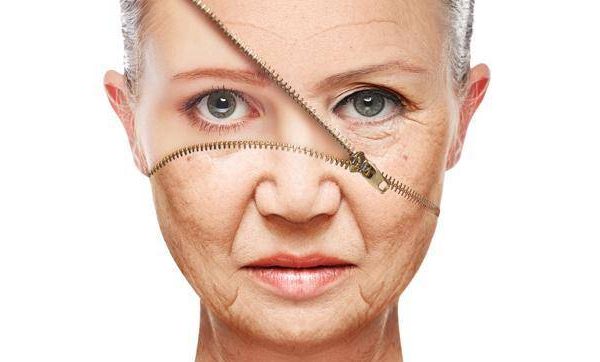As a fashion media graduate, I have to admit that Virgil Abloh’s death really hit me harder than expected. Back in 2019, I wrote a piece about Abloh for college and was immediately enamored and inspired by his amazing work. Most of us only know him from Off-White and Louis Vuitton. However, his journey in the fashion industry was more than that. I am honored to write this piece about Virgil, his battle with cancer, and what we should all learn from this brilliant fashion visionary.
For years, Abloh battled privately with a rare form of cancer called cardiac angiosarcoma. His death came just two days before he was due to showcase Vuitton’s Spring 2022 menswear collection. But what is this cancer, and can it be prevented?
A (very) brief overview of Albloh’s life
Virgil Abloh was born in Chicago on September 30, 1980. He studied civil engineering at the U.S. University in Madison before getting his master’s degree at the Illinois Institute of Technology. In 2009, Abloh worked as an intern at Fendi alongside Kanye West, where they helped bring new energy to the studio.

@virgilabloh / Instagram
Afterward, he took on the role of Creative Director at Donda, where he again, worked alongside West. In 2013, Abloh launched his new luxury label, Off-White.
It is clear from just looking at the products that his studies in architecture have given Abloh’s work an industrial edge. It’s plain to see in the clean lines of his Off-White collection.
In 2014, he expanded to launch Womenswear for his brand. 2017 found Abloh collaborating with Nike to create a collection of 10 iconic sneakers. These sneakers featured a trademark safety tag around the laces.
In 2018, he became the new artistic director for Louis Vuitton Menswear, a role that would see him catapulted into the limelight as he brought Vuitton into the 21st century. And making him the first black designer to take the reins of a major luxury brand. He was often quoted as saying “Everything I do is for the 17-year-old version of myself”.
What is cardiac angiosarcoma?
Also known as cardiac sarcomas, these are tumors that form in the heart. A primary cardiac tumor is much rarer and form in the heart itself. A second cardiac tumor, on the other hand, can start anywhere in the body and then make its way to the heart over time.
The National Cancer Institute says that angiosarcoma is incredibly rare and develops in the inner lining of blood and lymph vessels. It’s most often found in the skin, great liver, or spleen, but can occur anywhere in the body.
The tumors may occur on the outside surface of the heart, within one or more of the chambers of the heart, or even in the muscle tissue of the heart. According to Standford Health Care, 80% of cardiac angiosarcoma are present in the right atrium of the heart. This impacts the flow of blood in both directions. In the case that the tumor is located in pericardium, which is a thin sac that surrounds the heart. It can cause fluid build-up around the heart and affect its ability to pump blood. Over 75% of primary cardiac tumors are benign.
What are the symptoms of cardiac angiosarcoma?
According to Stanford Health Care, symptoms vary depending on where the tumor is located. But in general, symptoms include swelling of the feet, legs, ankles, and/or abdomen, and distension of the neck veins. This distension of the neck veins occurs as a result of the fact that blood cannot easily enter or be pumped out of the right atrium.

@virgilabloh / Instagram
If the tumor occurs in the pericardium, symptoms include chest pain, shortness of breath, fatigue, and palpitations. Sometimes, small pieces of cardiac sarcomas break off, these are called emboli.
This may block blood flow to an organ or specific part of the body. This causes both pain and damage to the organ or body part. Emboli can cause stroke, difficulty breathing, coughing up blood, arrhythmia, and facial congestion.
Other signs of cardiac sarcoma that generally occur regardless of the location of the tumor include
- Fever
- Weight loss
- Night sweats
- Malaise
Diagnosing a cardiac angiosarcoma
Cardiac sarcomas are very rare and, according to Stanford, the methods of diagnosis depend on what the symptoms are. The most successful method of diagnosis is echocardiography. Echocardiography allows the physician to see the exact size and location of the tumor. Generally, a complete medical history evaluation takes place first. This is then followed by a physical examination. Other diagnostic procedures for diagnosis include:
- Echocardiogram (also known as echo)
- Electrocardiogram (ECG or EKG)
- Computed tomography (also called a CT or CAT scan)
- Magnetic resonance imaging (MRI)
- Chest X-ray
- Cardiac catheterization
How cardiac sarcoma is treated

@virgilabloh / Instagram
Unfortunately, once the symptoms of a cardia sarcoma appear, cancer has already spread to other parts of the body. Ultimately, this makes treatment very challenging and sometimes impossible. Treatments available depend largely on where the tumor is and how far it has spread. Depending on the position of the tumor, the physician may determine that the tumor can be removed with open-heart surgery.
In some cases, where cancer has spread irreversibly in the heart, a heart transplant may be a viable option. However, due to the fact that the patient must receive immunosuppressive medication in order to prevent the body from rejecting the new organ, another sarcoma may form.
The newest and most radical treatment is autotransplantation. This is a surgical procedure in which the patient’s own heart is removed completely in order for the surgeon to more easily remove the tumor. The heart is then replaced in the body and because the heart already belongs to the patient, no immunosuppressive medication is required.
References
https://www.youtube.com/watch?v=DdRcWYiJecs
https://www.vogue.com/article/virgil-abloh-biography-career-timeline
https://wwd.com/fashion-news/designer-luxury/virgil-abloh-dies-of-cancer-at-1235004104/
https://stanfordhealthcare.org/medical-conditions/cancer/cardiac-sarcoma.html



![women [longevity live]](https://longevitylive.com/wp-content/uploads/2020/01/photo-of-women-walking-down-the-street-1116984-100x100.jpg)










